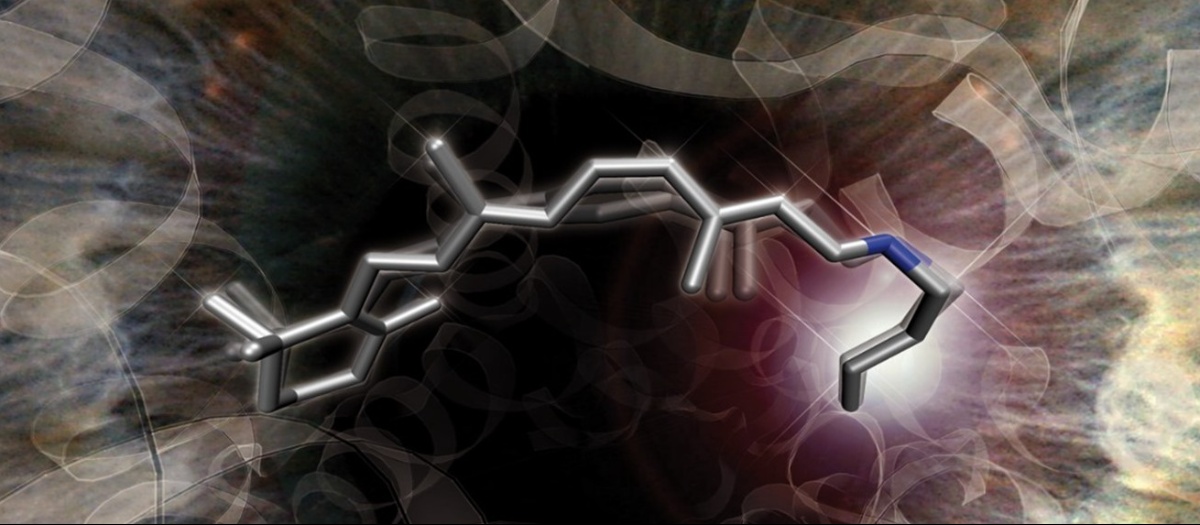
When light interacts with a biomolecule, it can initiate dynamical processes that unfold on ultrafast timescales—ranging from about 100 femtoseconds down to just 10 femtoseconds (1 fs = 10⁻¹⁵ s). These processes, including energy relaxation, energy and charge transfer, and conformational changes, underlie many fundamental biochemical phenomena such as vision, photosynthesis, and the photoprotection of DNA against ultraviolet radiation. The remarkable speed of these elementary events is closely tied to their efficiency, making ultrafast optical spectroscopy an indispensable tool for probing their dynamics. In this talk, I will discuss the generation of light pulses lasting only a few optical cycles (less than 10 femtoseconds) and their use in capturing “molecular movies” of ultrafast processes. In particular, I will focus on conical intersections—special regions of a molecule’s potential energy landscape where electronic and nuclear motions become strongly coupled, leading the system into a distinctly quantum-mechanical regime. Conical intersections can be thought of as “molecular roundabouts”, where the photoexcited wavepacket decides which reaction pathway to follow. I will present examples of the real-time visualization of conical intersections in biomolecules: the ultrafast isomerization of the retinal chromophore within the opsin protein, that initiates visual transduction, and the rapid energy dissipation in nucleobases that prevents photochemical reactions capable of damaging genetic material. Finally, I will discuss the emerging potential of X-ray free-electron lasers for the direct observation of conical intersections in complex molecular systems.
